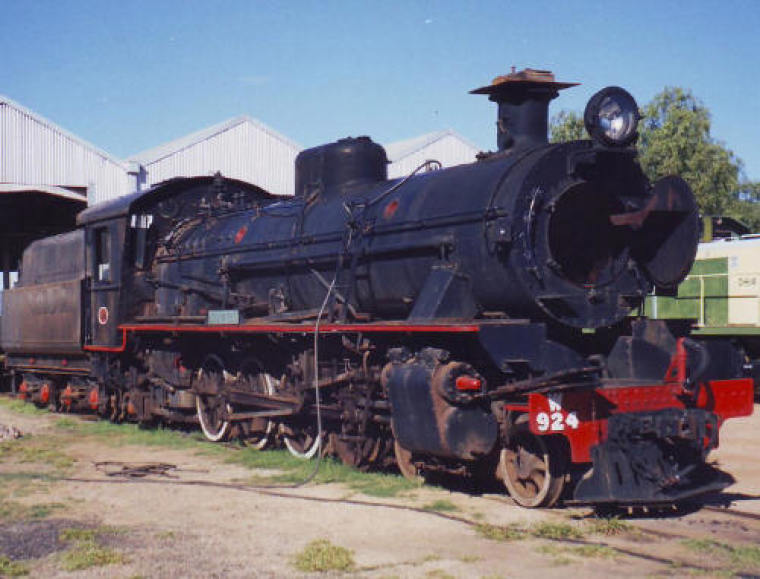
The Footplate Padre raises this as in one of the stories in his 1992 book 'All Night Sitter – train drivers' memoirs" in the story titled 'Pregnancy Point', details one of these Japanese air raids in the top end of Western Australia, including Port Headland.
In the 1992 video produced by the Commonwealth to commemorate the 50th anniversary of the bombing of Darwin, an historian explained that very little information was released to the public, and that Broome was hit hard with and he quotes: "strafing the main street, many were killed".
Apparently many air raids came to the north of Western Australia, and these were recorded or remembered and appeared in a variety of publications over the years, including this 1992 railway book and the Japanese air attacks on Port Headland.
The story line details the railway line from Port Headland to Marble Bar which was opened in 1911 and closed in 1951. It was built to service the gold mining in Marble Bar. Port headland at that time was a small town and the railway had three locomotives, a H Class tank locomotive, an A Class 2-6-0 tender locomotive and a G Glass.
It was a long slow journey to Marble Bar taking from seven and a half hours to nine hours, and that was on a good day. There was a lot of shunting to do on that 114 mile section of line and the steam engines always hauled a spare water tender behind the engine to ensure there was a water supply for the steam locomotives.
The passenger train was known as Leaping Lena or as the Spinifex Express. There were many stories told about this "very slow train". One was that the driver on one occasion threw out tomato seeds beside the railway and by the time the guard's van came past, he was able to pick fresh tomatoes. Another story was that the guard learned his wife was pregnant as he left for work on this line and by the time he got back from Marble Bar she had the baby.
In those dark day of WWII as the Japanese were bombing and strafing these distant communities of north Western Australia, the railway yards were a prime target and in that far off era, the railway workers houses were beside the railway line.
Whenever the families heard the Japanese aircraft, they would yell to the kids, pick up the babies, and the entire railway community ran for the mangrove swamps for cover which were not too far off. This was terrifying for the women and children and the men folk would not be far behind them.
This reminds the Footplate Padre of Jesus words that there would come a time that those who followed him would also need to "run to the hills" for protection and safety. Even the Christmas story has 'escape' as part of the drama when baby Jesus was taken to Egypt. In a sense the whole Salvation story is one of escape to freedom. Yes, Christmas equals freedom!
Dr Mark Tronson is a Baptist minister (retired) who served as the Australian cricket team chaplain for 17 years (2000 ret) and established Life After Cricket in 2001. He was recognised by the Olympic Ministry Medal in 2009 presented by Carl Lewis Olympian of the Century. He has written 24 books, 16 of them of train driver's anecdotes and serves as the Footplate Padre. He enjoys writing. He is married to Delma, with four adult children and grand-children.
Mark Tronson's archive of articles can be viewed at www.pressserviceinternational.org/mark-tronson.html
